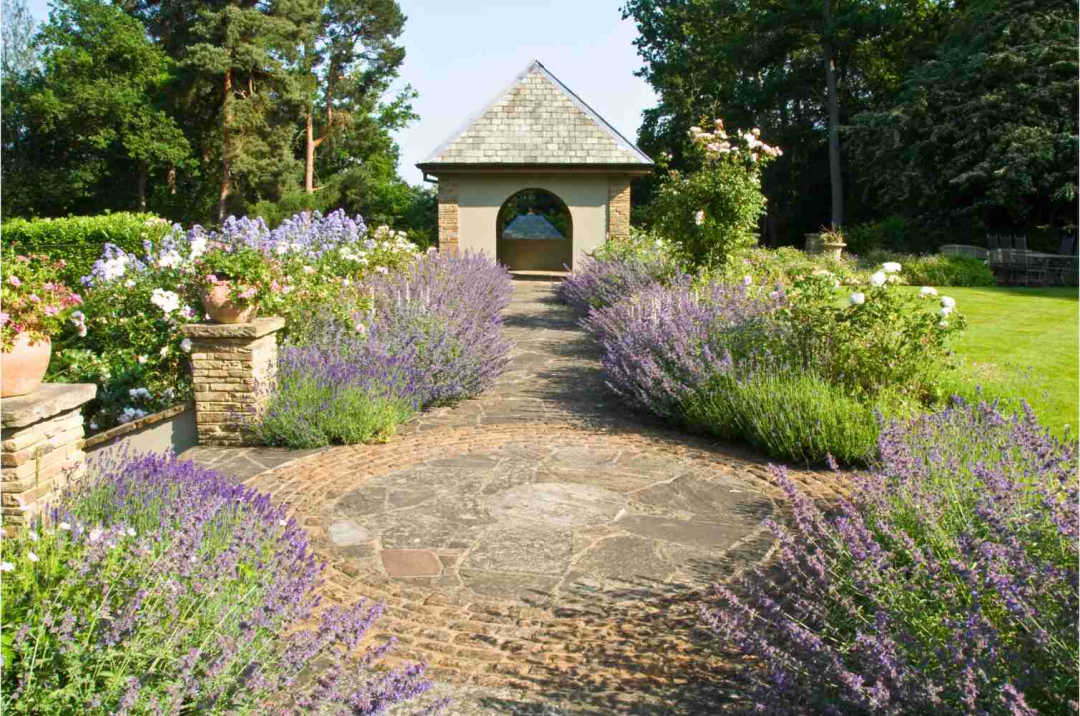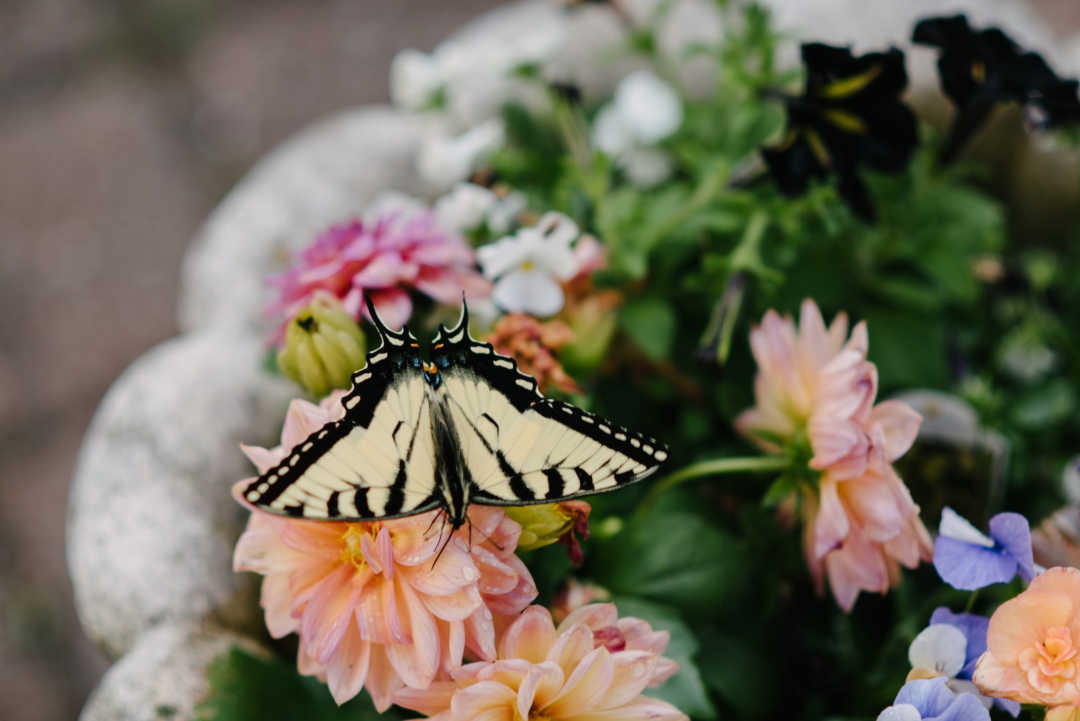A garden filled with plant life is wonderful, but your small piece of land can be even better with the addition of local wildlife. How do you persuade these bees, butterflies, birds and small mammals to make your garden their home too?
Nature is a wonderful thing to enjoy and can positively impact our mental wellbeing. The good news is that no matter your garden, whether a sweeping lawn or a concrete yard, you can do many small things that make a significant difference to wildlife. The key is to provide the food and shelter the animals and birds need to feel safe and nourished in your outdoor space.
Here are 4 key ways to bring wildlife to your home!

#1 – Choose to be wilder
Many of the plants we choose for our gardens, whether it is pansies or petunias, have little value for bees and other pollinators. That’s because the nectar content of these plants is often very low and difficult to access. So – even if it is just one row of plants, choosing wildflowers is better for wildlife. While you mightn’t want to create a jungle out there, some sort of wild growth will be more beneficial than an overly cultivated area.
The good news is that native wildflowers are relatively easy to grow, and they look beautiful too. Growing wildflowers may mean that you leave a part of your lawn to grow a little wild, and that means less mowing. If left untreated and unmown, most lawns are ripe with species of plants other than grasses.
Daisies, buttercups and clover are great food for wildlife, and the biodiversity of plants is essential for attracting different species of wildlife to your garden. Also, a wilder area will create more insects that can provide food for birds and small mammals.
#2 – Plant more trees and shrubs
A really quick win when looking to plant more trees and shrubs is to change from a fence or a wall to a hedge. A hedge is a perfect shelter for wildlife, and birds will enjoy nesting in the leaves. While trees are the most attractive additions for wildlife, a hedge may be more realistic for those with smaller gardens.
There are lots of reasons to plant trees too. They are excellent at reducing flooding and can act as a barrier to sound. More importantly, they provide food and shelter for birds and insects.
For instance, if you plant a silver birch, it can become a habitat for more than 300 insect species. The wild cherry is another good tree to plant and is loved by bees, caterpillars, birds, and mammals. The song thrust is particularly attracted to the wild cherry.
#3 – Build homes
Building spaces that act as shelter is a sure-fire way to attract wildlife to your garden. Getting yourself a bird box or a bug hotel is a straightforward way to get started. There are also frog pots and tunnels through fences for echidnas and small houses for them to rest.
If you want to be a little more adventurous, why not add a pond to your garden? A pond is an ecosystem that can be home to much more than fish, and they are a way of inviting small amphibians and other varieties of birds to your garden. The pond will also act as a water source for wildlife. If you don’t want to go all-out, then a birdbath or other water catcher can do the trick, too.
When placing your water source, keep in mind that the animals will approach and return to safe cover. Therefore, you should make sure there are shrubs or trees close by to help them feel protected.
#4 – Put food out
The most obvious way to attract wildlife is to put out food. Birds and other animals spend their life looking for nourishment, and you could be the easy meal they need. Putting out nuts and seeds will attract many birds.
As with offering a water source, you need to place the food somewhere safe. Making the wildlife vulnerable to predation from the local cat is not a good option. Choosing places that are sheltered and with easy escape routes is essential.


No Comments